SDA Pest Control's Common Pests
SDA Pest Control deals with all your pest control issues, and have reliably done so for the past 15 years. If you have any problems with common pests then dont hesitate to call. Or get in contact via email.
Wasps
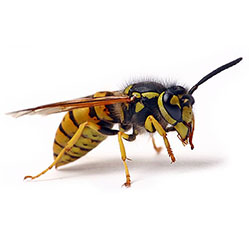
A wasp (vespula vulgaris) is approximately 14mm long and has a brightly banded thorax, which is coloured in yellow and black. Wasps occur almost anywhere and are beneficial to your garden as they collect insects and bugs to feed to developing wasp larvae in the nest during the summer months.
Wasp nests occur in the ground, in roof spaces or sometimes freely hanging from tree branches or rafters. A nest is made from chewed up wood pulp, which can come from a variety of sources including trees, wooden fences, and garden furniture. Large, fully developed wasp nests may contain several thousand individuals.
For most of the year the wasp is not a pest as it collects insects to feed the young grubs. Only in later summer when it turns it's attention to fruit and sweet substances does it become a nuisance.
SDA Pest Control specialise in the treatment of wasps, having successfully provided pest control services to clear nests from a number of sites across St Ives and the surrounding area.
Ants
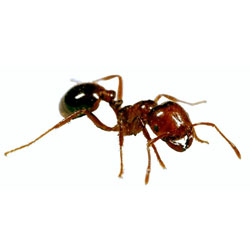
There are 41 different species of ant living in the UK. The one that causes most problems for people is the garden or black ant (lasius niger), which is 4mm long and very dark brown to black in colour. Although they are not a health hazard, they can be a nuisance as they can find their way into homes in large numbers.
Black ants usually nest outdoors in lawns, flower beds, under paving stones, and in walls. Ants invade houses when they are attracted to sweet foods, getting in through small gaps in masonry, doors and windows. A trail of ants can usually be spotted making their way back to the ant nest.
Fleas
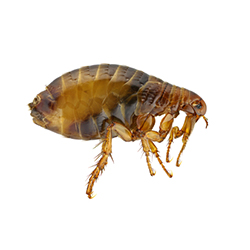
Adult fleas are brownish-black in colour, and are parasitic on warm-blooded animals. The fleas most commonly found in houses are cat fleas (ctenocephalides felis) which are approximately 2-3mm in size, and are responsible for the majority of flea infestations. Dog fleas, bird fleas, and occasionally human fleas may also occur.
Female fleas lay their eggs in the nest or bedding of the infested animal or in dust and crevices in buildings. The eggs develop into bristly legless larvae which pupate and turn into adults within about 7 weeks. Flea larvae feed on debris and excreta of adult fleas in the sleeping place of the host animal. Adult fleas feed on the blood of the host.
Rats
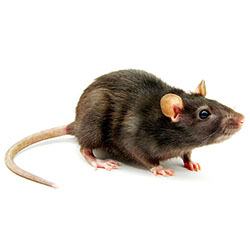
In Britain there are two kinds of rat. The most widespread and abundant of these is the common rat (rattus norvegicus) and lives anywhere offering food and shelter, including the sewers.
Rats are a hazard to public health. They can transmit a number of diseases which can be potentially fatal to humans, such as Weil's disease and murine typhus. They also carry disease organisms such as Salmonella bacteria, viruses and parasites such as worms and fleas.
Mice
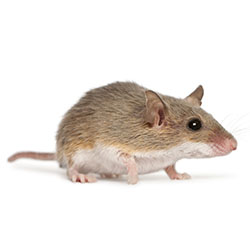
The house mouse (mus musculus) can live and breed in houses, buildings and other structures such as garden sheds or farm buildings. An adult house mouse may weigh up to 30g and is between 160-200mm in length, including the tail. The colour of the fur is usually brown on the back and grey underneath, but black and other colours do occur.
Although an abundant supply of food is preferable, house mice can survive on relatively poor diets, eating between 3 to 4 grams of food a day and can survive without access to free water, obtaining their daily needs from their food.
Cockroaches
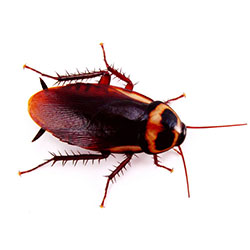
There are three types of cockroach in the UK, with the german cockroach (blattella germanica) being the most popular. Cockroaches are between 12-38mm in length depending on the species and are yellow and brown in colouring.
Cockroaches prefer warm, damp places such as bakeries and kitchens and can contaminate food with their excrement, give out an unpleasant odour, and many people can get allergic skin reactions to them. Cockroaches feed on scraps and debris and can reproduce at astonishing levels - a single female can produce up to 200 nymphs in a year.
If you think you have an infestation of any of the above pests, do not hesitate to contact SDA Pest Control who can offer you advice, information and pest control services to remove your problem.